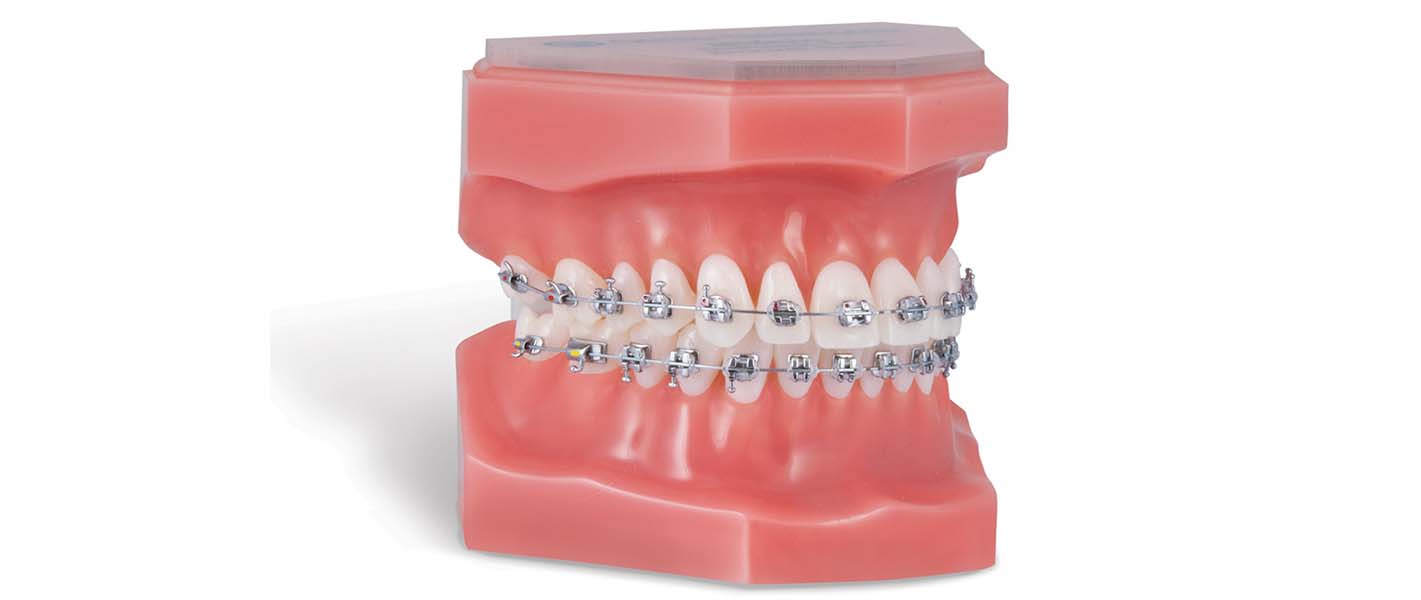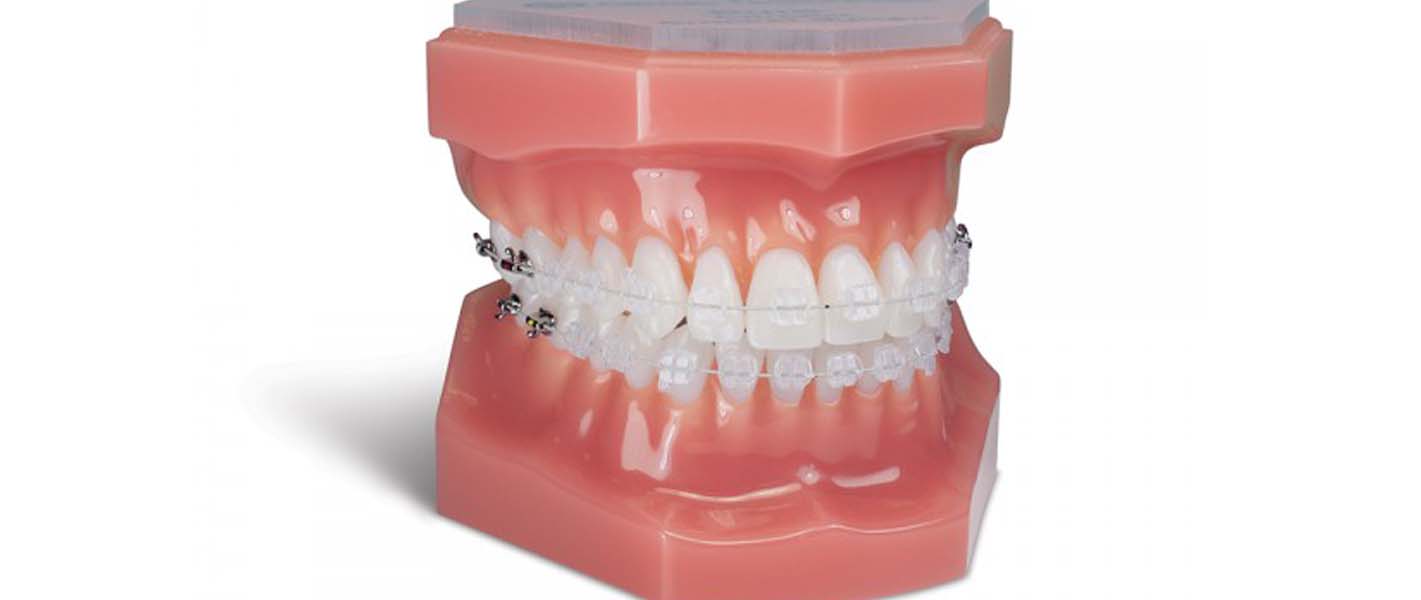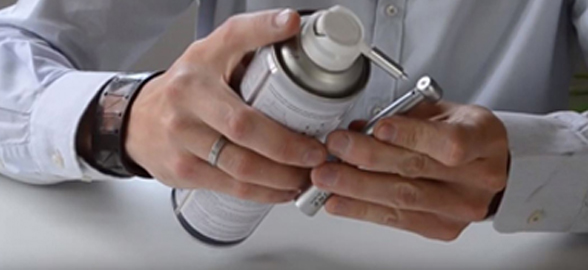We are increasingly encountering more demanding patients in the daily life of a dental clinic. These patients have different concerns and motivations, and it is essential that as professionals, we are able to understand them. Thus, we can offer the treatment that best adapts to each case. In this line, in the following article, we will provide you with all the information you need about orthodontic brackets. There are several types of brackets that we can use in many treatments. Each of these brackets has different characteristics, and that's why it's essential to know them. Keep reading, and in the following article, we'll tell you everything about orthodontic brackets, their characteristics, uses, and highlights at Dentaltix, so you can become an expert in these products. Let's get started!
What are brackets for and how are they used?
Brackets are the most widely used dental materials in treatments to correct bite problems, dental crowding, close spaces between teeth, and align teeth, to name a few...
The brackets are placed individually on each tooth and are connected using an orthodontic arch. The bracket has a slot where the arch passes through and wings where the system that links the arch is placed. Thanks to the pressure exerted by the brackets and arches on the teeth, they achieve a rapid and effective correction of the tooth position. Each tooth has a specific bracket assigned, and depending on the treatment, the bracket may be accompanied by add-ons.

Types of Brackets
We can classify brackets in two main ways: according to the method of attaching the arch to the bracket or according to the material of the bracket.
Types of brackets according to the method of attachment:
Ligated Brackets
The arch is attached using rubber bands or ligatures around the four tips of the bracket, which exert gentle forces that allow the teeth to move. These rubber bands can be colored or transparent.
Self-Ligating Brackets
Instead of using rubber bands or elastics, they contain a special clip adapted with a screw to attach to the arch.
Types of brackets according to the material:
Metal Brackets
Los Metalic Brackets are used in conventional orthodontics, they offer great resistance during the whole treatment and are more economical than the new materials that are emerging.
Advantages of metal brackets:
- High resistance of the metal piece.
- They can be bonded as many times as necessary.
- Ligated and self-ligating.
- Easy to clean since food or dirt residues are more visible on metal pieces.
- Short treatment duration.
- This type of bracket is more economical.
If we consider the durability of brackets, the kings of the comparison are the metal brackets, as they are practically unbreakable and require very little maintenance. This is one of the factors that makes these brackets the most used in pediatric orthodontics. However, sapphire brackets and ceramic brackets are already very close to metal brackets in terms of durability, and this should not be a critical factor when deciding between them. Far from all the above, we find plastic brackets and resin brackets, which are more delicate. This causes an increase in the likelihood of fracture during treatment, patient discomfort, and prolonged treatment times.
Ceramic Brackets
Estos Ceramic Brackets are in great demand by patients in orthodontic clinics because they are more esthetic than metal braces. They are much less noticeable to the eye, as well as more comfortable since they do not tend to irritate the gums. Unlike metal brackets, ceramic brackets can take a little longer to treat than metal brackets. However, the type of patient who chooses this treatment is more interested in the esthetics of the brackets than in the duration of the treatment.
The placement of these orthodontic pieces is similar to that of metal brackets. Small ceramic pieces are bonded to the teeth, joined by a wire made of very resistant and durable material. It is often said that ceramic brackets are less resistant and can break more easily than metal ones. However, these pieces are designed and treated in an effective way for their use in this type of procedure.
Advantages of ceramic brackets:
- More aesthetic and discreet.
- Greater comfort for the client as they irritate the gums less.
- Made of sufficiently resistant material that prevents them from breaking.
Composite Brackets
El Composite Brackets is characterized by its white color, which mimics the color of the natural tooth, providing a great resistance that allows all the necessary movements. It is an orthodontic option that satisfies those patients for whom the aesthetic appeal is paramount.
Advantages of composite brackets:
- Very effective orthodontic brackets.
- Made of resin.
- Affordable price.
Sapphire Brackets
Los de zafiro are currently one of the most advanced orthodontic techniques and are considered the most esthetic. Made of sapphire crystal, they have a transparent appearance that convinces patients who are more concerned about aesthetics during treatment.
The combination of zirconium powder with sapphire allows the characteristic transparency of this type of bracket to be present throughout the orthodontic treatment.
How are these brackets used? Once the crystal has been polished to achieve a rounded, smooth, and comfortable shape for the patient, the brackets are placed on the teeth and are very well fixed thanks to the zirconium powder coverage that forms millions of cuts under the bracket adhesive.
Advantages of sapphire brackets:
- The most aesthetic bracket due to its transparency.
- Bracket wear is reduced.
- They stain less than others.
- Very comfortable for the patient.
Dentaltix Recommendations
The best brackets in terms of durability:
If we consider only the durability of the brackets, the kings of the comparison are the metal brackets, as they are practically unbreakable and require very little maintenance. This is one of the factors that makes metal brackets the most used in pediatric orthodontics. However, sapphire brackets and ceramic brackets are already very close to metal brackets in terms of durability, and this should not be a critical factor when deciding between one or the other. Far behind all the previous ones, we find plastic brackets and resin brackets, which are much more delicate. This causes them to fracture in the middle of treatment, causing discomfort to the patient and consuming a lot of time from the orthodontist in changes and repairs.

The best brackets in terms of aesthetics:
In terms of aesthetics, the winners are the sapphire brackets, as they are practically transparent. Additionally, these brackets, due to being made of a material similar to crystal, do not stain over time and maintain their aesthetics throughout the treatment. Sapphire brackets are comparable in aesthetics to other solutions like "Invisalign", and it is advisable to use them along with white archwires if we want the orthodontic treatment to be as unnoticeable as possible. After these, we find the ceramic brackets, which have a similar aesthetics to sapphire brackets at the beginning of the treatment, but if the patient is not very careful with hygiene and avoids foods like coffee, tea, etc., they end up darkening with the passing of the weeks. Finally, we find the metal brackets, which should be reserved for treatments where aesthetics is not a significant concern for the patient.

The best brackets in terms of adhesion capacity:
The metal brackets are the ones that achieve the best adhesion to the tooth surface. This is another reason why they are the undisputed kings in pediatric orthodontics, as it is more difficult for them to detach. However, modern ceramic and sapphire brackets have treated surfaces to obtain greater roughness in the adhesion area.
The best brackets in terms of patient comfort:
At the beginning of an orthodontic treatment, it is normal for the patient to feel a certain discomfort, as we have introduced a foreign body into the mouth that they must get used to. There are no significant differences in terms of patient comfort depending on the material of the bracket. If we must consider the quality of the bracket in this aspect, high-quality brackets have better polished edges and borders to minimize contact with the oral cavity.
The best brackets in terms of oral hygiene:
It is recommended to insist that the patient maintain good oral hygiene with any type of bracket. However, metal brackets are somewhat more permissive in this aspect, as their dark color disguises the yellowing of the ligature. With ceramic and sapphire brackets, we must be much more thorough in cleaning, as it will be much more noticeable when the transparent plastic ligature starts to turn yellow.

The best brackets in terms of price:
For orthodontic treatments where price is a critical factor, metal brackets are the clear winners. There are very affordable metal brackets, but it is very important to ensure that they have a minimum quality and have all the necessary certifications to be marketed in the European Union. Slightly more expensive are ceramic brackets, and lastly, we find sapphire brackets, which should be reserved for treatments where aesthetics is a crucial factor.
The best brackets in terms of treatment speed:
If what we are looking for is to accelerate the treatment, it is not as important the material of the bracket as its design. In this aspect, low-friction self-ligating brackets are clearly the winners, being able to accelerate the treatment by several weeks. Self-ligating brackets are normally metal, but there are also ceramic self-ligating brackets. This type of bracket is somewhat more expensive than conventional brackets, but by reducing treatment time, they save patient visits and time for the professional, so it is often worth using them.
Take a look at the most popular brackets among orthodontists:
As we said at the beginning of the article, the type of bracket to be used will depend on the treatment and the peculiarities of the patient. That is why it is important to know all the types in order to be able to offer alternatives to the patient and use them when it is most convenient for us. That's all for today, we hope this article has been helpful. Remember to communicate through our social networks and follow us to keep up to date with the latest news and exclusives in the dental sector. See you!





